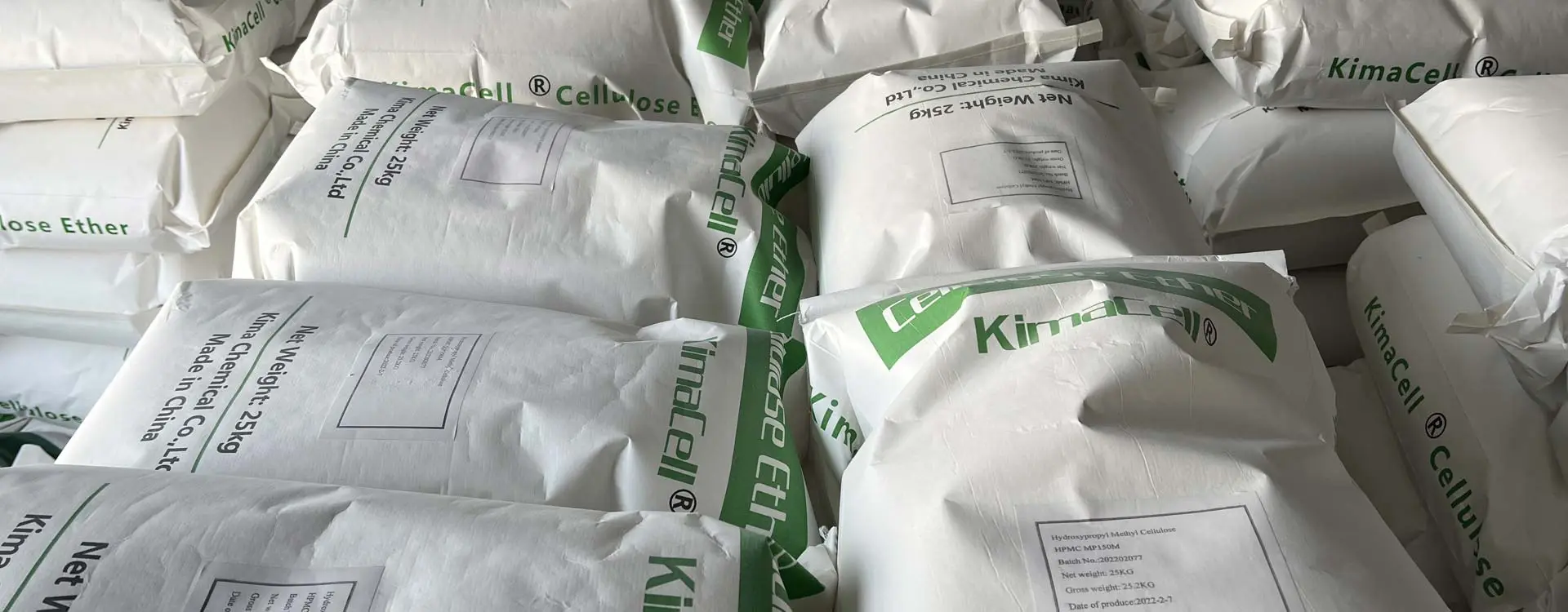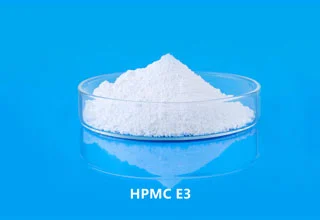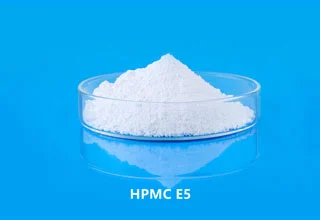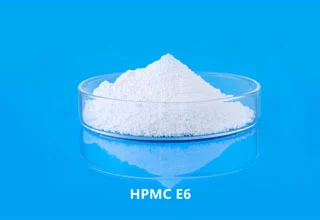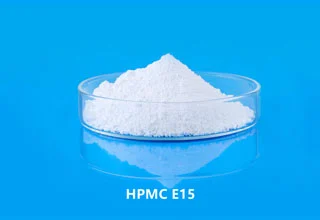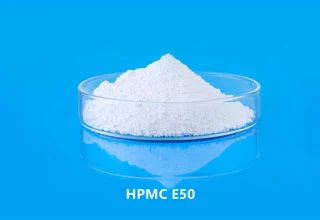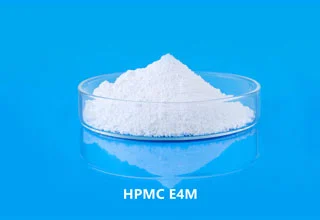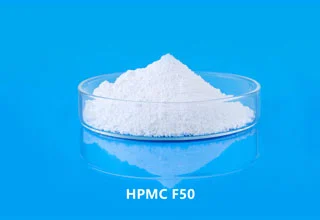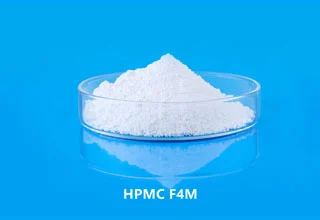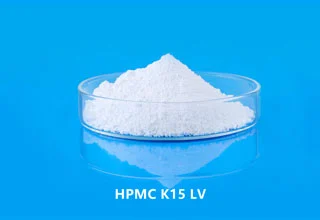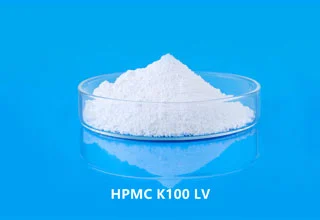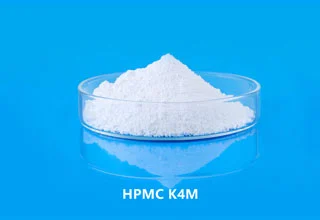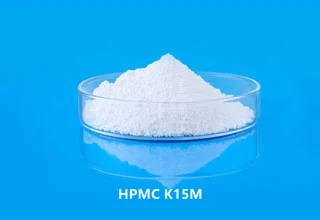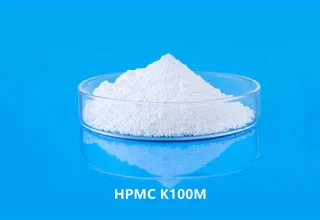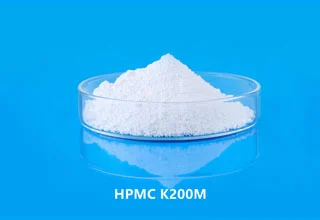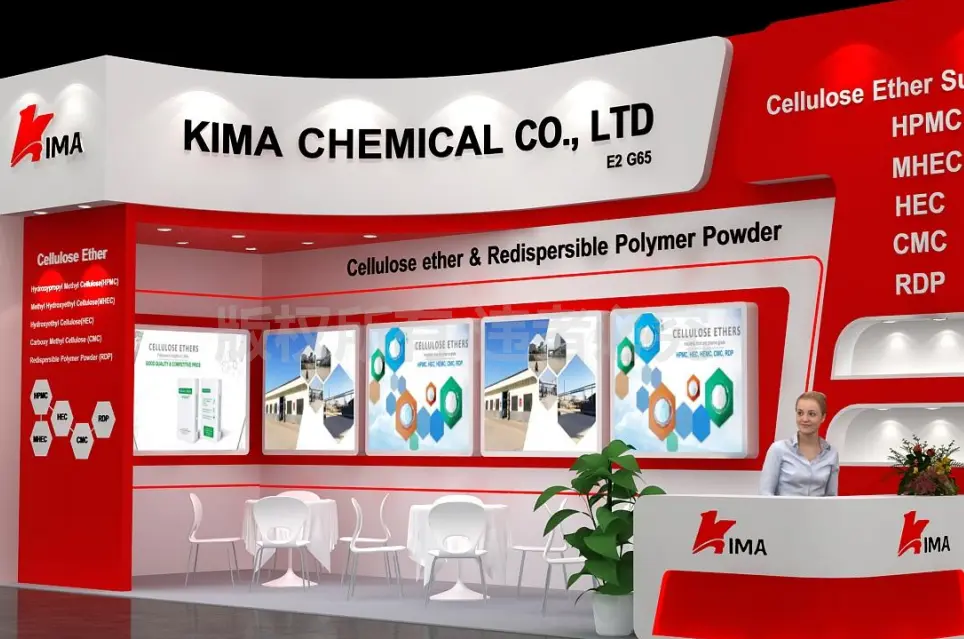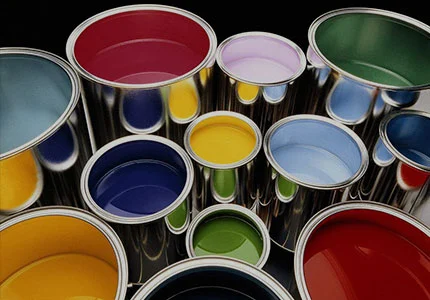Here are some of the main advantages of using HPMC in pharmaceutical applications:
Safety:
HPMC is derived from natural cellulose and is considered safe for human consumption. It is widely used in pharmaceutical applications and has a long history of safe use.
Biodegradability:
HPMC is biodegradable and does not accumulate in the environment, making it an environmentally friendly option for the pharmaceutical industry.
Versatility:
HPMC can be used in a wide range of applications in the pharmaceutical industry, including as a binder, disintegrant, suspending agent, and film coating agent.
Controlled release:
HPMC can be used to create controlled-release formulations that release the drug at a controlled rate over an extended period of time. This can improve the efficacy of the drug and reduce the frequency of dosing.
Improved stability:
HPMC can improve the stability of drug formulations by preventing degradation and improving shelf life. It can also protect the drug from environmental factors, such as light and humidity.
Improved patient compliance:
HPMC can be used to improve the appearance, taste, and swallowability of drug products, which can improve patient compliance and adherence to treatment.
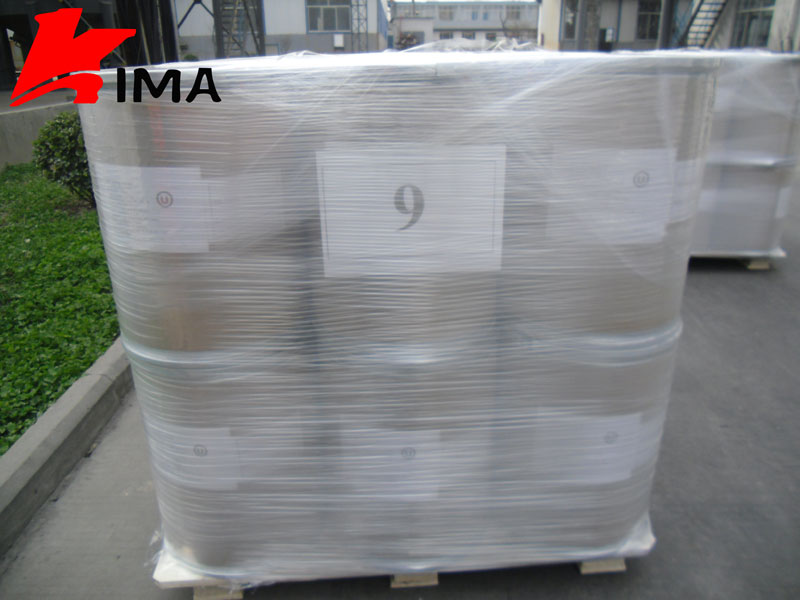
 English
English 日本語
日本語 français
français Deutsch
Deutsch Español
Español italiano
italiano русский
русский português
português العربية
العربية Türkçe
Türkçe Nederland
Nederland
